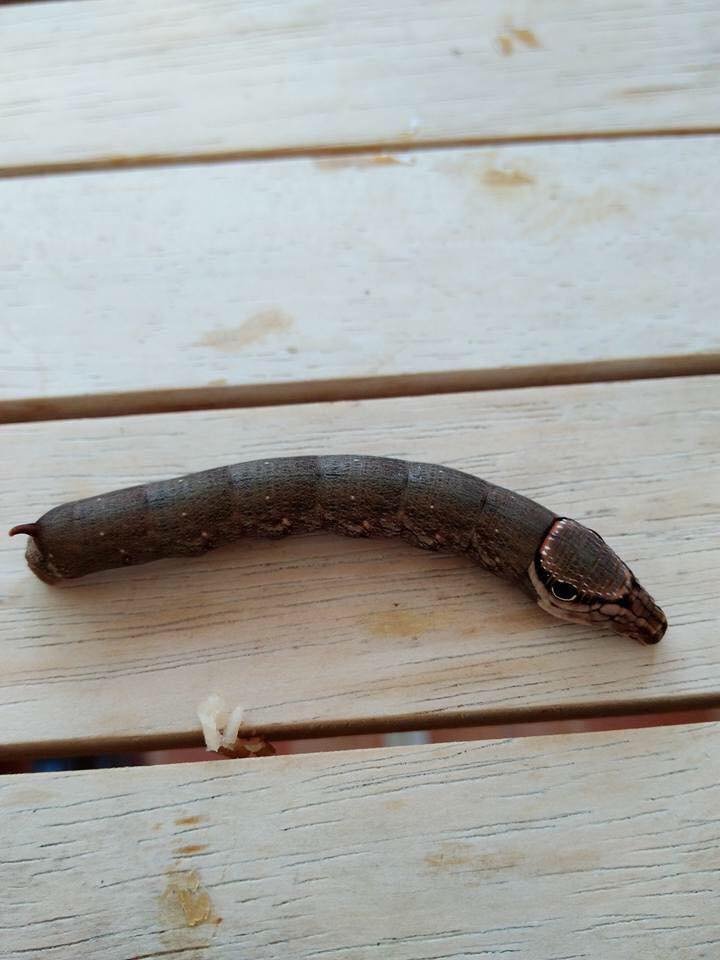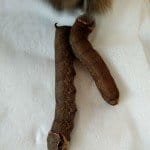Garden insects Thailand
Garden insects Thailand. The Sphingidae are a family of moths (Lepidoptera), commonly known as hawk moths, sphinx moths, and hornworms; it includes about 1,450 species. It is best represented in the tropics, but species are found in every region. They are moderate to large in size and are distinguished among moths for their rapid, sustained flying ability.Their narrow wings and streamlined abdomens are adaptations for rapid flight.
Some hawk moths, such as the hummingbird hawk moth or the white-lined sphinx, hover in midair while they feed on nectar from flowers, so are sometimes mistaken for hummingbirds. This hovering capability is only known to have evolved four times in nectar feeders: in hummingbirds, certain bats, hoverflies, and these sphingids (an example of convergent evolution). Sphingids have been much studied for their flying ability, especially their ability to move rapidly from side to side while hovering, called ‘swing-hovering’ or ‘side-slipping’. This is thought to have evolved to deal with ambush predators that lie in wait in flowers.
Sphingids are some of the faster flying insects; some are capable of flying at over 5.3 m/s (12 miles per hour).They have wingspans from 4 to over 10 cm.
Most species are multivoltine, capable of producing several generations a year if weather conditions permit.[5] Females lay translucent, greenish, flattened, smooth eggs, usually singly on the host plants. Egg development time varies highly, from three to 21 days.
Sphingid caterpillars are medium to large in size, with stout bodies. They have five pairs of prolegs.Usually, their bodies lack any hairs or tubercles, but most species have a “horn” at the posterior end, which may be reduced to a button, or absent, in the final instar. Many arecryptic greens and browns, and have countershading patterns to conceal them. Others are more conspicuously coloured, typically with white spots on a black or yellow background along the length of the body. A pattern of diagonal slashes along the side is a common feature. When resting, the larva usually holds its legs off the surface and tucks its head underneath (praying position), which, resembling the Egyptian Sphinx, gives rise to the name ‘sphinx moth’. Some tropical larvae are thought to mimic snakes. Larvae are quick to regurgitate their sticky, often toxic, foregut contents on attackers such as ants and parasitoids. Development rate depends on temperature, and to speed development, some northern and high-altitude species sunbathe. Larvae burrow into soil to pupate, where they remain for 2–3 weeks before they emerge as adults.
In some Sphingidae, the pupa has a free proboscis, rather than being fused to the pupal case as is most common in the Macrolepidoptera. They have a cremaster at the tip of the abdomen. Usually, they pupate off the host plant, in an underground chamber, among rocks, or in a loose cocoon. In most species, the pupa is the overwintering stage.
Garden insects Thailand




